Cost Efficiency
Cost efficiency is a driving force behind the growth of the Dry Construction Market, as stakeholders seek to minimize expenses while maximizing quality. Dry construction methods often result in reduced labor costs and shorter project timelines, making them an appealing choice for developers and contractors. In 2025, the market is expected to witness a surge in demand for cost-effective construction solutions, with dry construction techniques projected to reduce overall project costs by up to 20%. This financial advantage is particularly crucial in competitive markets where profit margins are tight. As the industry continues to evolve, the emphasis on cost efficiency will likely remain a key factor influencing the adoption of dry construction methods, further solidifying the market's position.
Regulatory Support
Regulatory support plays a significant role in shaping the Dry Construction Market, as governments worldwide implement policies that promote sustainable and efficient building practices. Incentives for using eco-friendly materials and technologies are becoming more prevalent, encouraging construction firms to adopt dry construction methods. In 2025, it is projected that regulatory frameworks will increasingly favor sustainable construction, potentially leading to a market growth rate of 15% annually. This supportive environment not only fosters innovation but also enhances the market's attractiveness to investors. As regulations evolve, the Dry Construction Market is likely to adapt, ensuring compliance while capitalizing on new opportunities for growth.
Urbanization Trends
Urbanization trends are a critical driver for the Dry Construction Market, as more individuals migrate to urban areas seeking better opportunities. This demographic shift necessitates the development of housing and infrastructure, thereby propelling demand for dry construction methods. In 2025, it is estimated that urban populations will account for over 55% of the total population, leading to an increased need for efficient construction solutions. Dry construction techniques, which often allow for faster project completion and reduced labor costs, are particularly well-suited to meet this demand. Additionally, urbanization drives the need for sustainable and adaptable building solutions, further enhancing the relevance of the Dry Construction Market in contemporary construction practices.
Sustainability Initiatives
The increasing emphasis on sustainability initiatives is a pivotal driver for the Dry Construction Market. As environmental concerns gain traction, construction practices are evolving to incorporate eco-friendly materials and methods. This shift is reflected in the rising demand for sustainable building solutions, which are projected to account for a substantial portion of the market. In 2025, the market for sustainable construction materials is expected to reach approximately USD 500 billion, indicating a robust growth trajectory. The Dry Construction Market is well-positioned to benefit from this trend, as it often utilizes materials that are less harmful to the environment, thereby appealing to both consumers and regulatory bodies. Furthermore, the integration of sustainability into construction practices not only enhances the market's appeal but also aligns with governmental policies aimed at reducing carbon footprints.
Technological Advancements
Technological advancements are reshaping the Dry Construction Market, driving efficiency and innovation. The integration of Building Information Modeling (BIM) and other digital tools has revolutionized project management and execution. These technologies facilitate better planning, reduce waste, and enhance collaboration among stakeholders. In 2025, the adoption of advanced construction technologies is anticipated to increase by over 30%, significantly impacting the market landscape. Moreover, the rise of smart building technologies, which optimize energy use and improve occupant comfort, further underscores the importance of technology in the industry. As construction firms increasingly leverage these innovations, the Dry Construction Market is likely to experience accelerated growth, attracting investments and fostering competitive advantages.
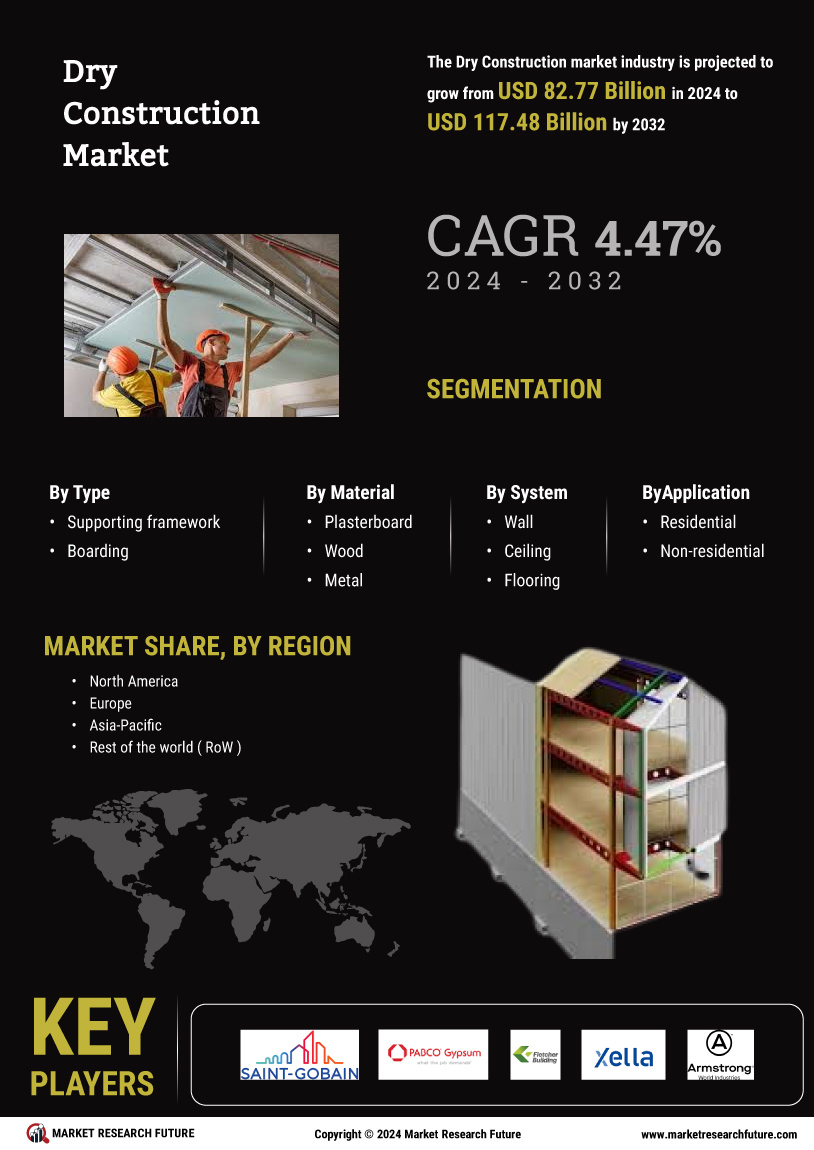

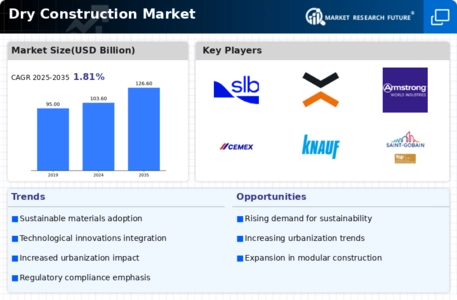
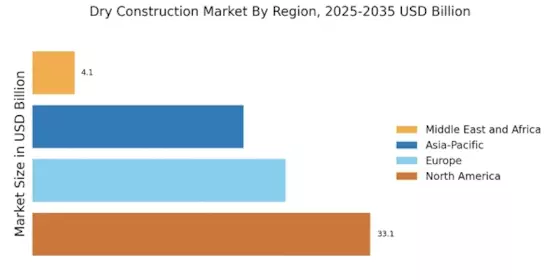
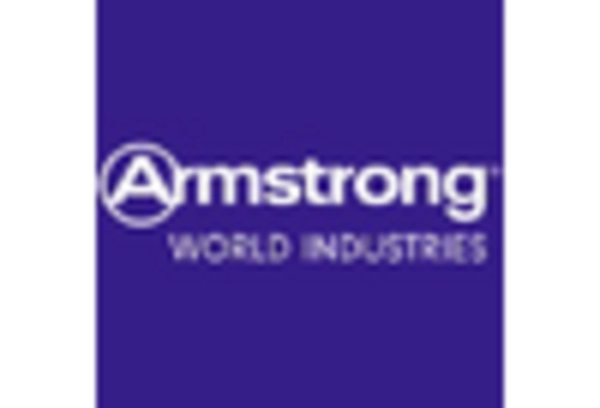
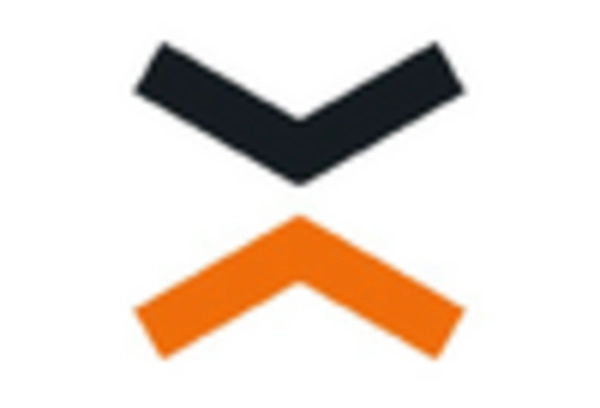
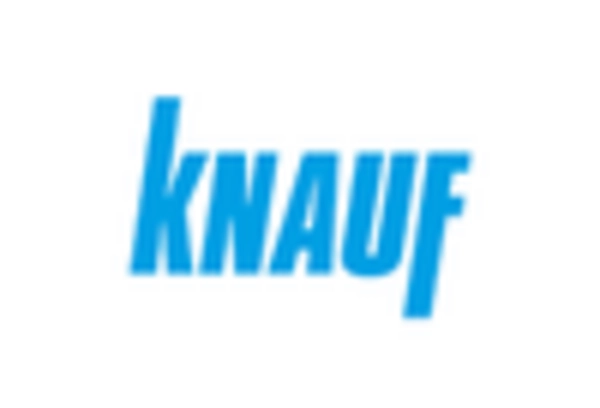
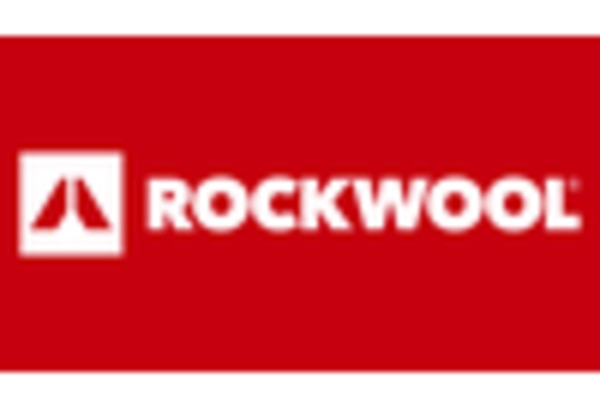
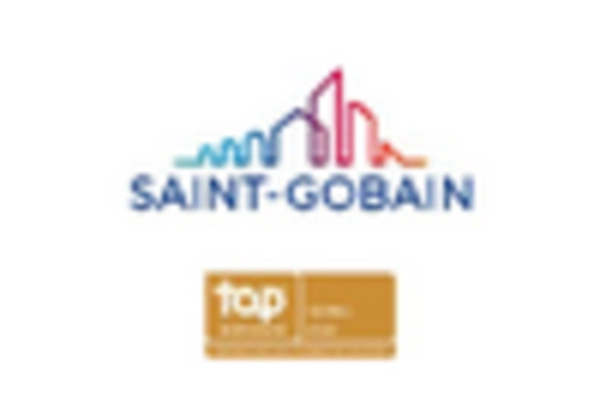
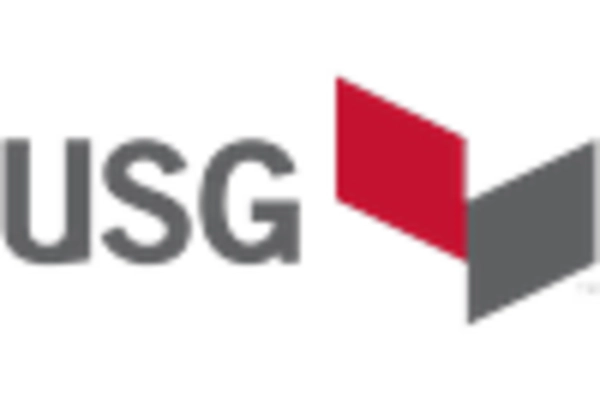








Leave a Comment